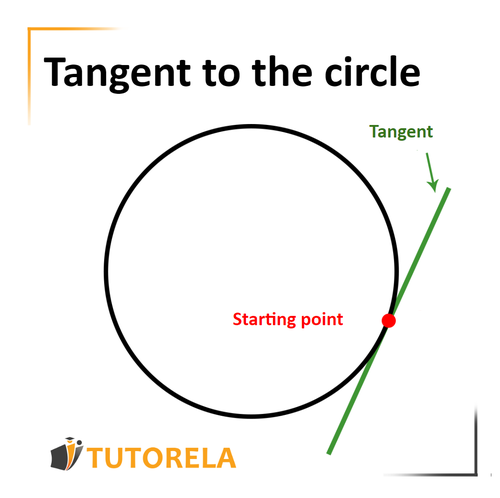A tangent to a circle is a line that touches the circle at one point.
Tangent Theorem:
1) The tangent to the circle is perpendicular to the radius at the starting point
2) Every line perpendicular to the radius at its end is tangent to the circle
3) The angle between the tangent and any chord is equal to the circumferential angle that rests on that chord on the other side.
4) Two tangents to the circle that come out from the same point are equal to each other.
5) A segment that passes between the center of the circle and the point from which two tangents to the circle come out, cuts the angle between the tangents.
6) If from any point outside the circle, a tangent comes out and cuts the circle, then the product of the entire tangent on its outside is equal to the square of the tangent.
7) In the triangle that encloses the circle, the three bisectors of the angles of the triangle meet at a point in the center of the circle.
8) We can determine that a convex quadrilateral encloses a circle only if - the sum of two opposite sides in the square will be equal to the sum of the other two sides in the square.
